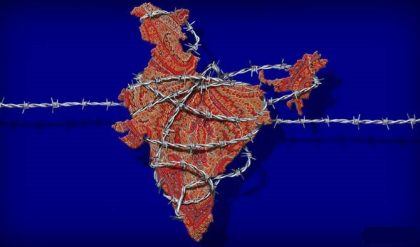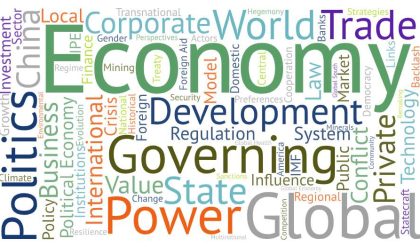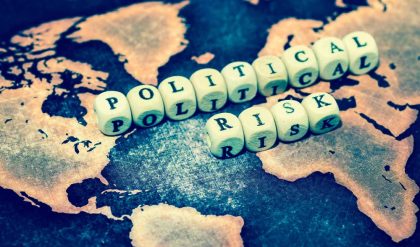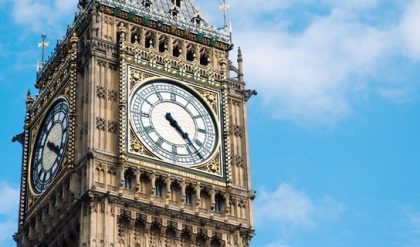The optimal saving problem may also be used to sharpen the distinction between political economy as defined here , on the one hand, and public Ž . finance and public choice on the other. Consider first a public finance perspective. In the multi-agent welfare economics problem, the social planner was modeled as choosing consumption levels directly. Alternatively, one may think of a ‘‘decentralized’’ problem, in which the planner does not choose quantities directly; instead, the optimal allocation is achieved via a price system, in which individuals choose their desired levels of consumption and saving on the basis of market prices. The problem is transformed from finding optimal quantities to finding prices that support these quantities.
This too is a ‘‘technical’’ problem in the sense set out above. A major question in normative public finance is the derivation of optimal tax and public pricing structures given technological and informational constraints.11 Positive public finance forms the basis of the normative analysis, where the objective function is taken as given. A public finance ‘‘solution’’ to the multiple-agent decentralized growth problem is a set of tax rates, one on each type of agent at each point of time, that supports the chosen consumption allocation, which itself is derived from the given.
In contrast, in a political economy model of determination of tax rates, conflict over whose preferences will be reflected in aggregate policy may induce a conflict over tax rates. For example, different preferences over current versus future consumption will induce different preferences over consumption taxes.
Conflict over tax policy may also reflect ex-post heterogeneity, as individuals use the tax system to try to redistribute resources towards themselves. In both types of cases, conflict over tax structure can lead to grossly inefficient outcomes. Positive public finance forms the basis not of a normative analysis as discussed in the previous paragraph, but of calculating the economic consequences of choosing any particular tax policy, corresponding, for example, to different values of The focus would be on what resolution of this conflict of interests is implied by the political mechanism, and, on the basis of positive public finance, the implications for economic magnitudes. From a public choice perspective, the interesting question is the implications for equilibrium of different choice mechanisms, more specifically, the formal analysis of how collective choice mechanisms translate into specific policy choices.
Relative to the political economy focus in this book, there is far more stress on the positive and normative workings of these mechanisms, far less on the economic consequences. For example, in an economy with many different interests to be weighted in a social welfare function, how will the weights differ under simple majority voting versus more complicated voting procedures? Or, if the weights are chosen in a representative democracy, where the elected representatives then bargain over them, how will a change in election procedures in the first stage, or rules of agenda in the second, affect the equilibrium weights that emerge from this process? In the theory of public choice, the economic implications in terms of an aggregate path of saving are a decidedly secondary consideration though more important in applied public choice . In fact, Ž . the economic application is often not relevant in the analysis of the implication of voting rules, and the analysis often abstracts away from it.






Comments are closed.